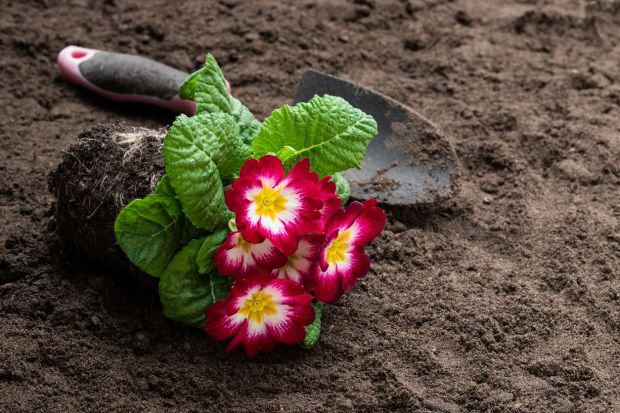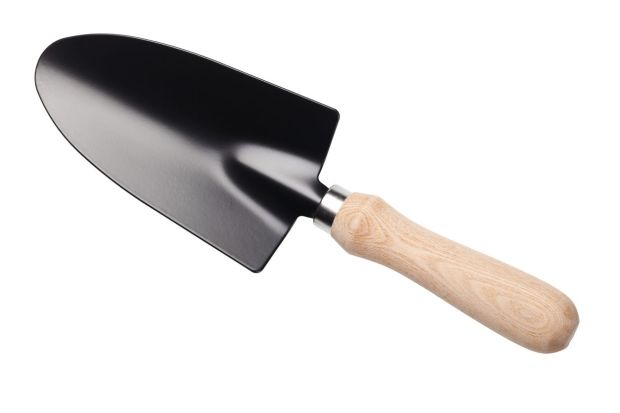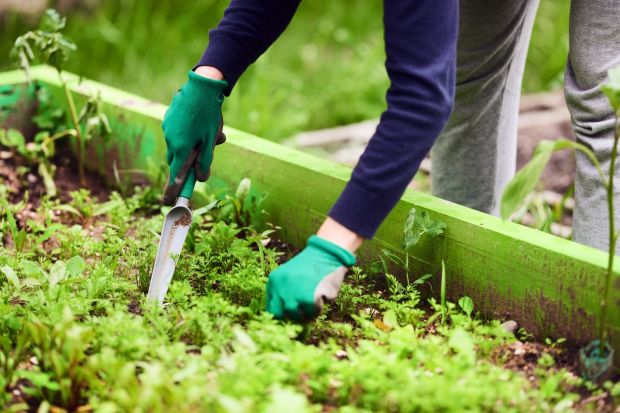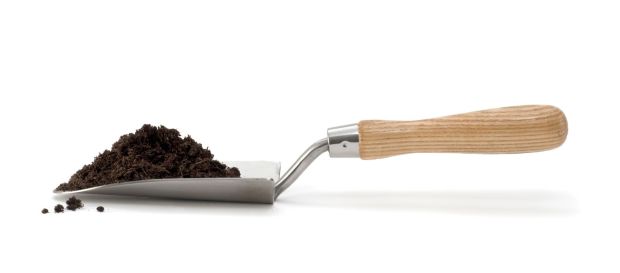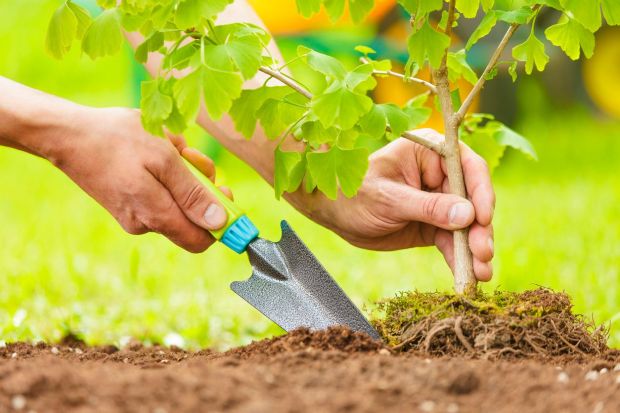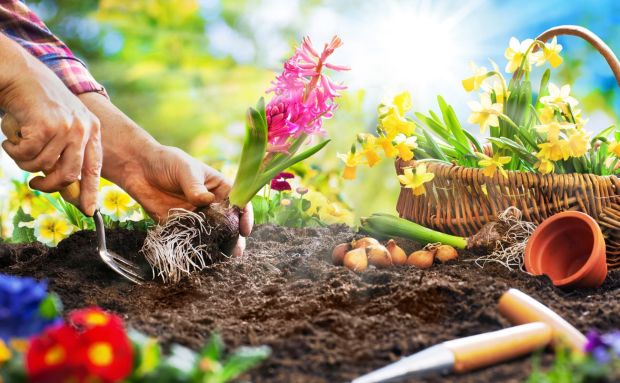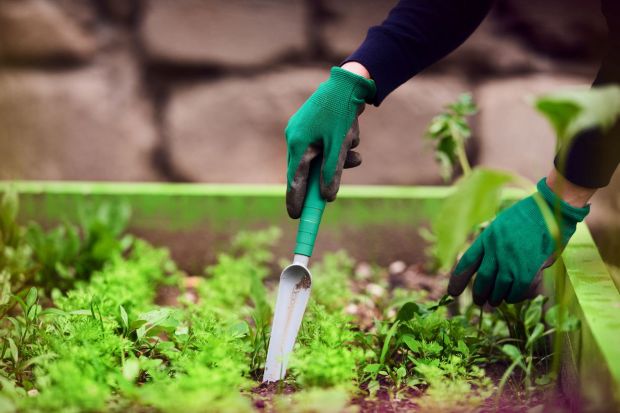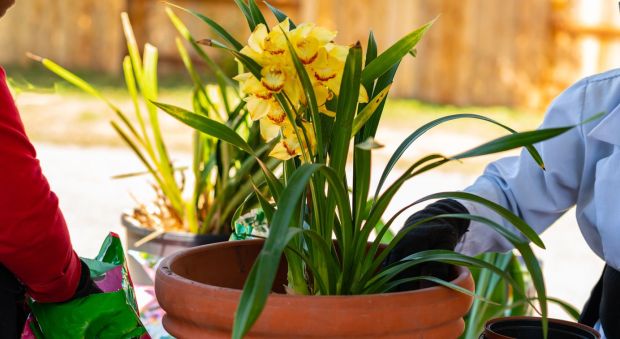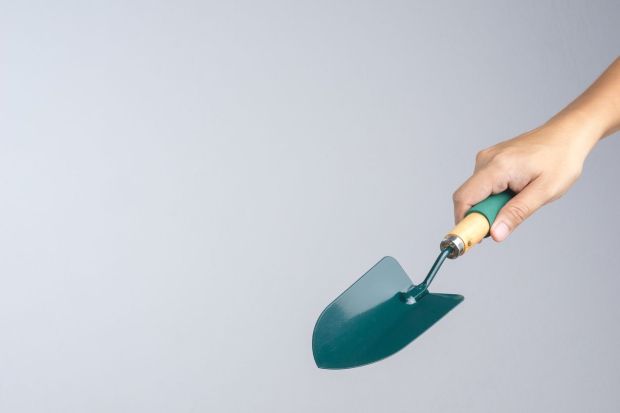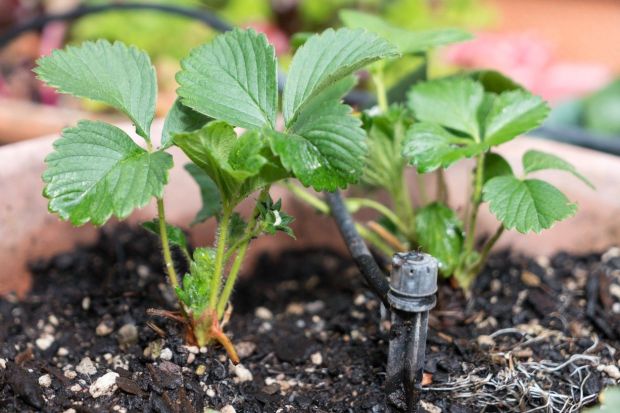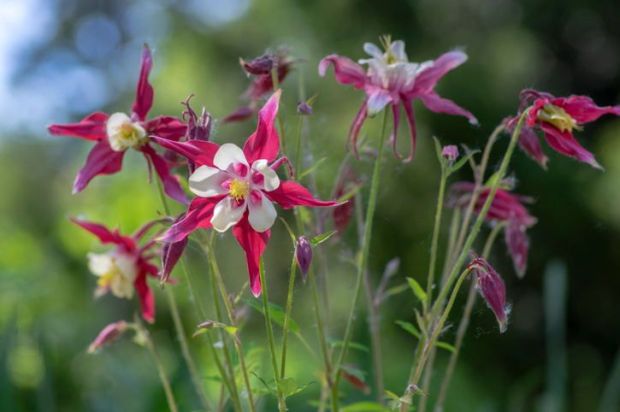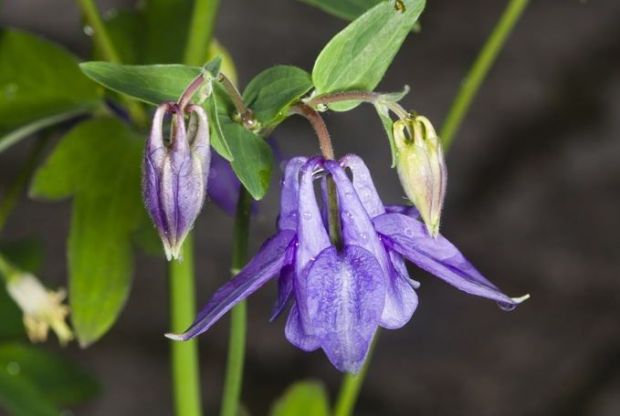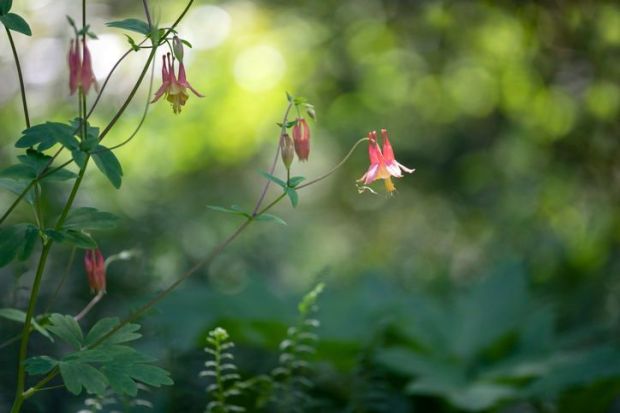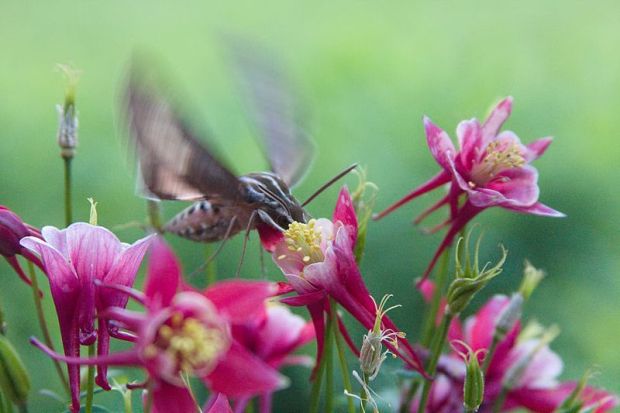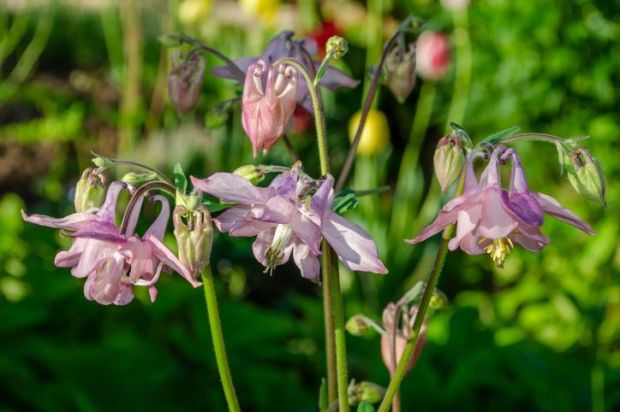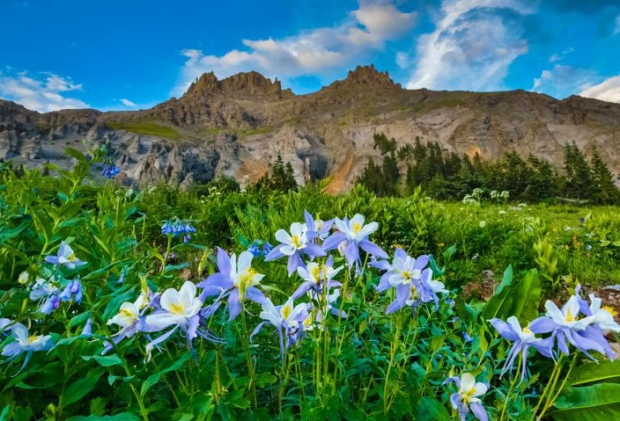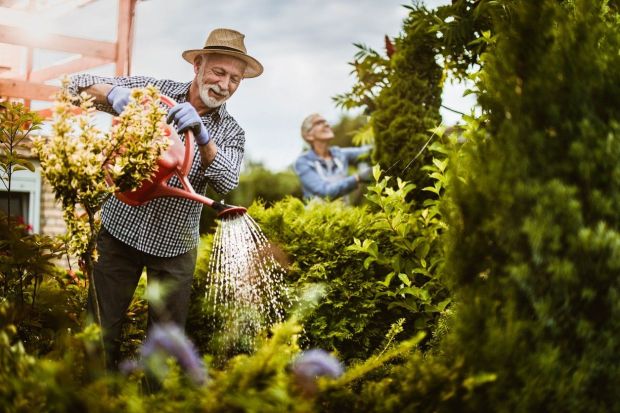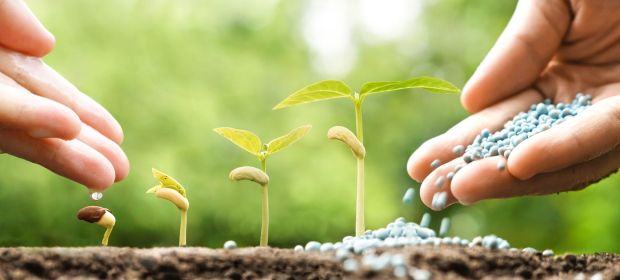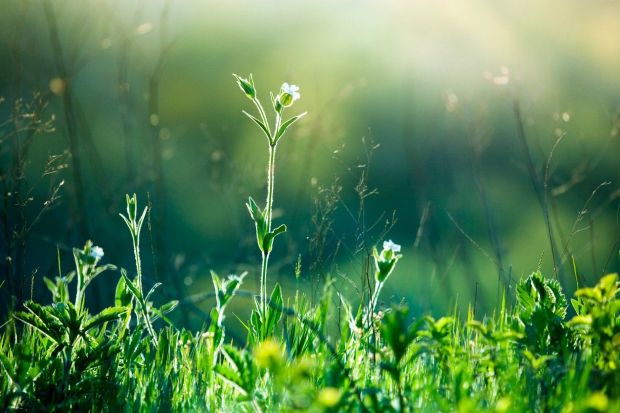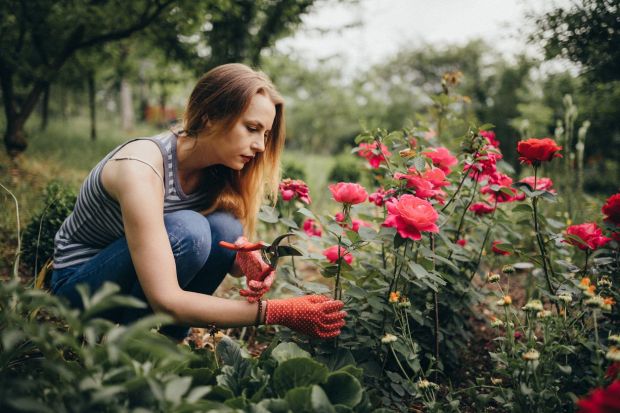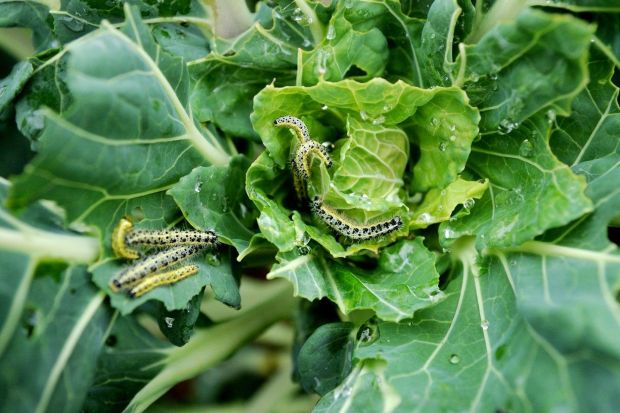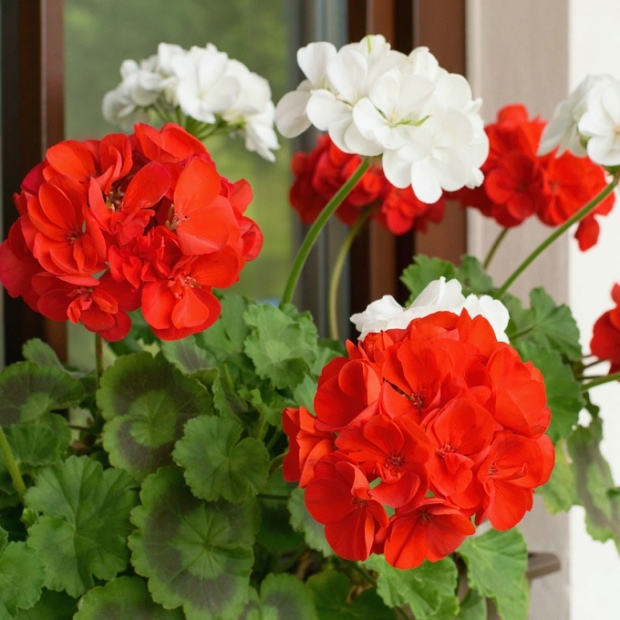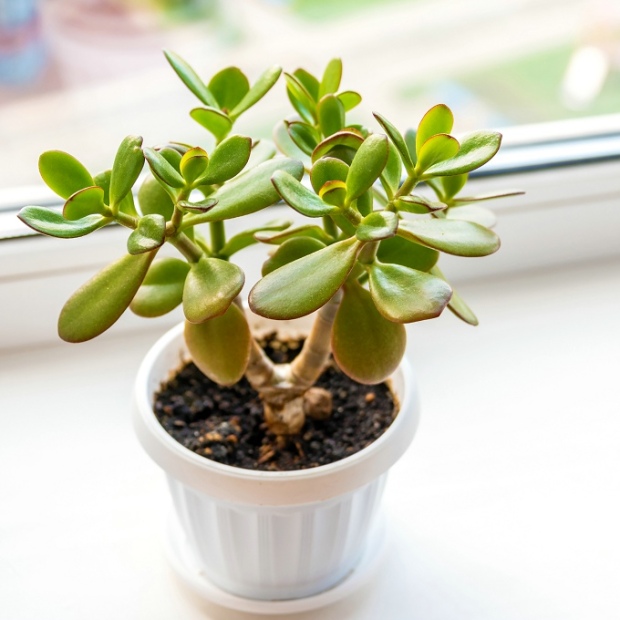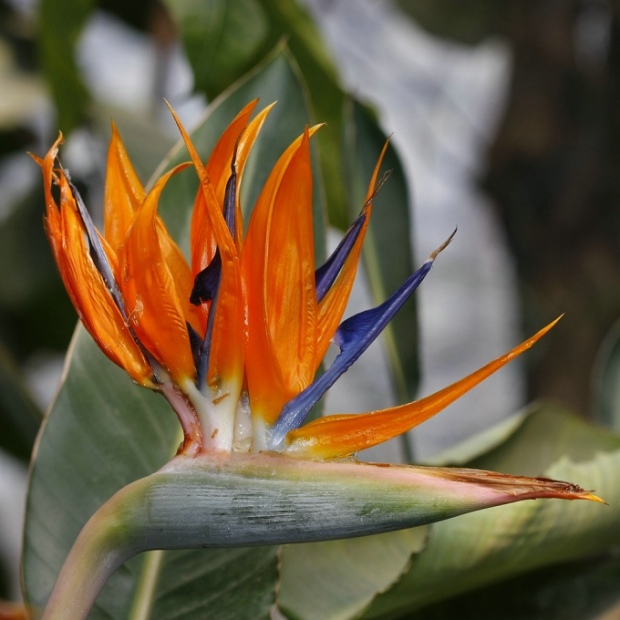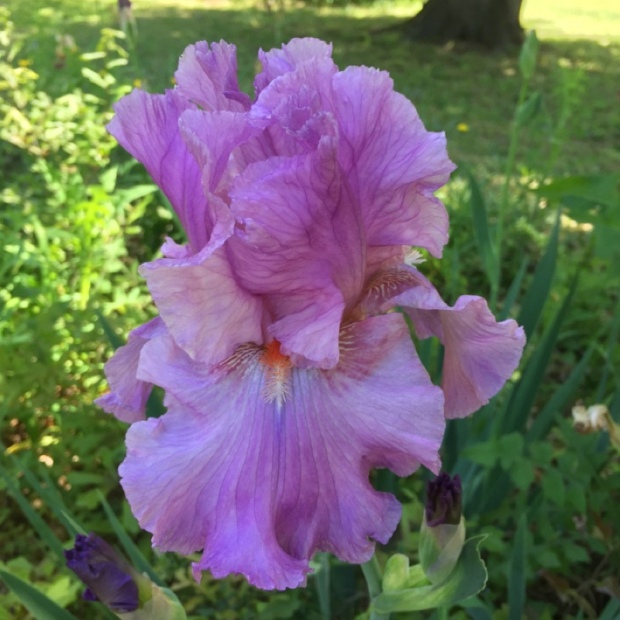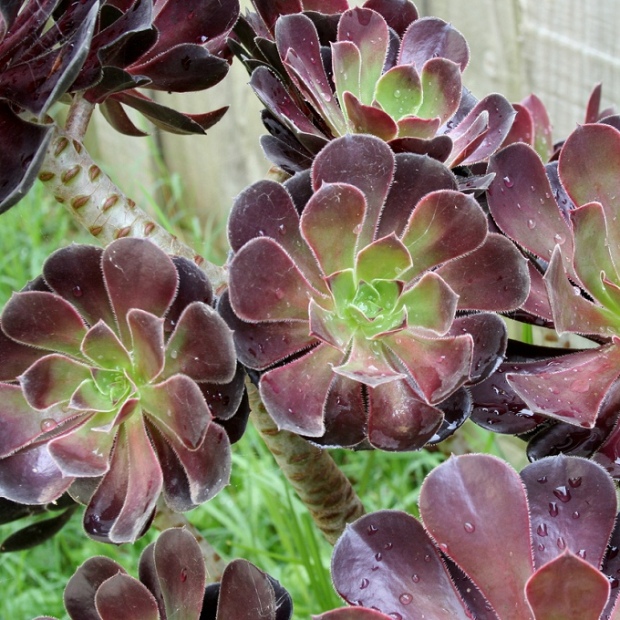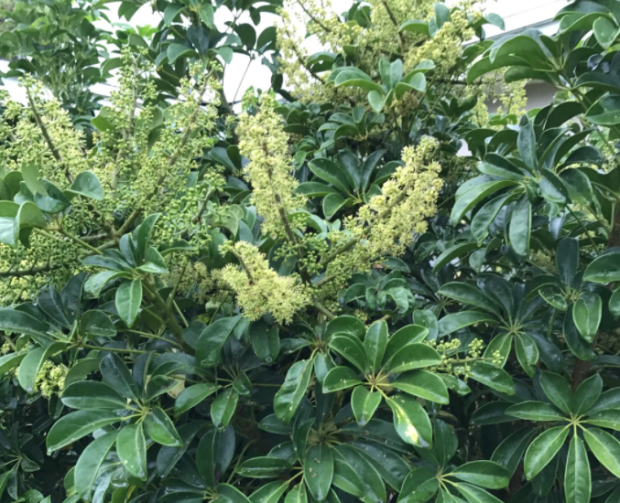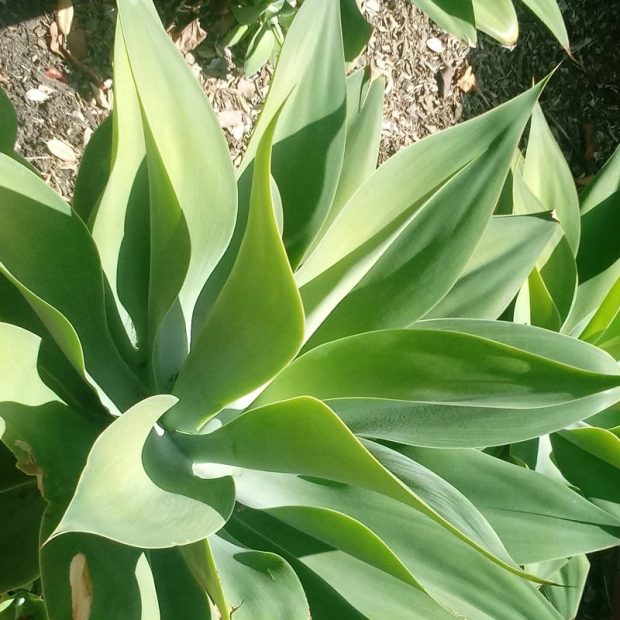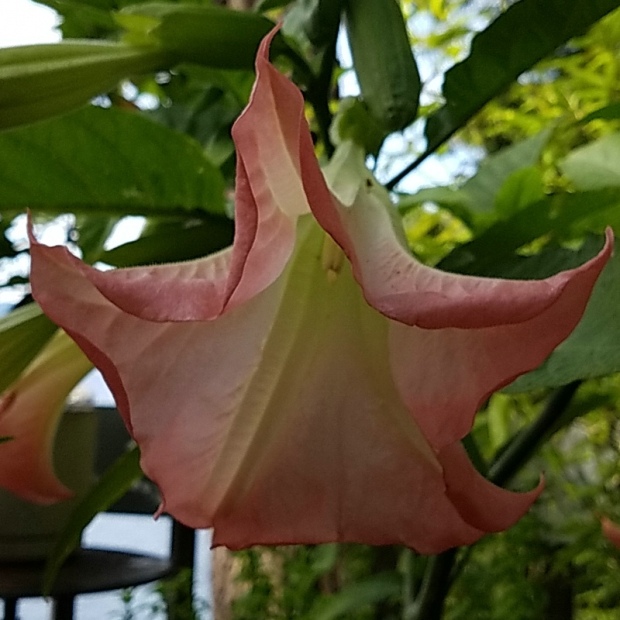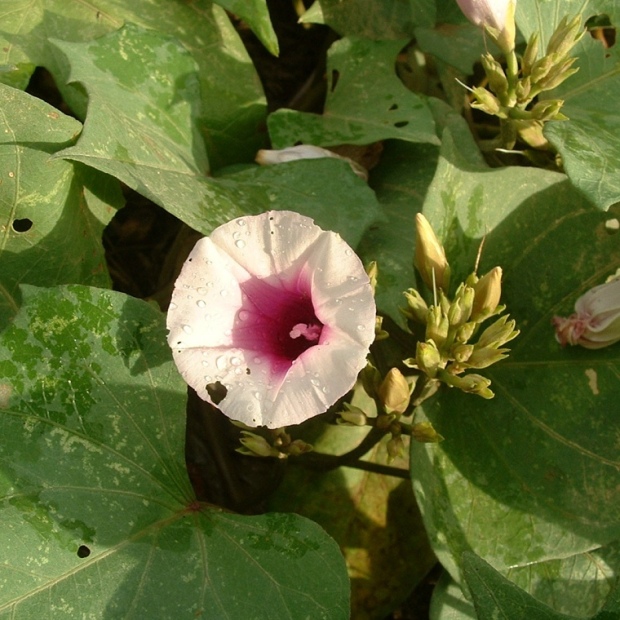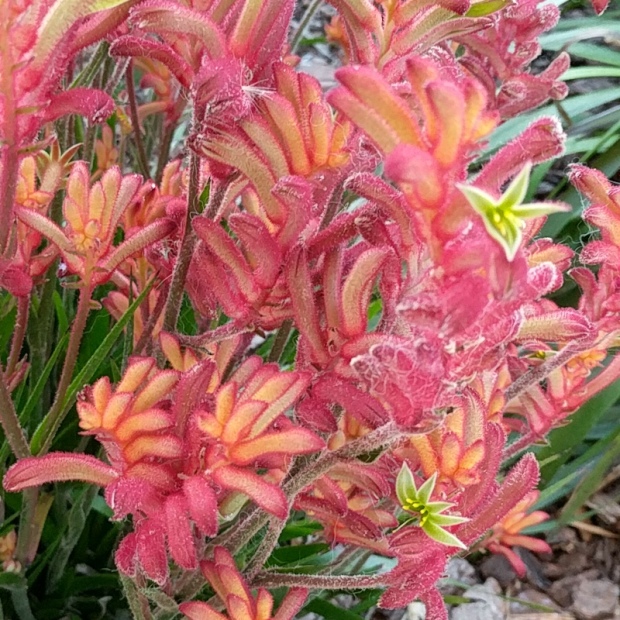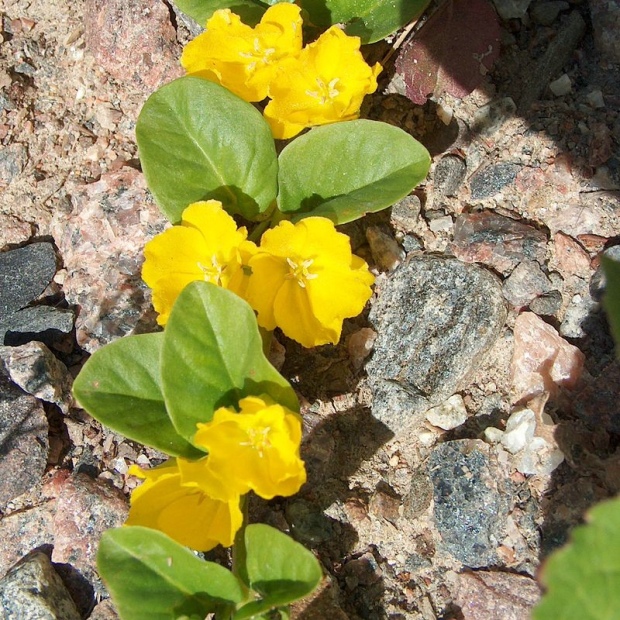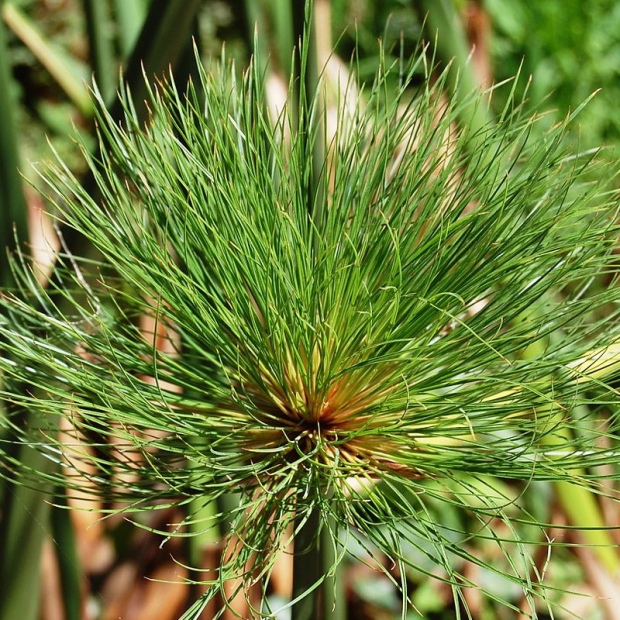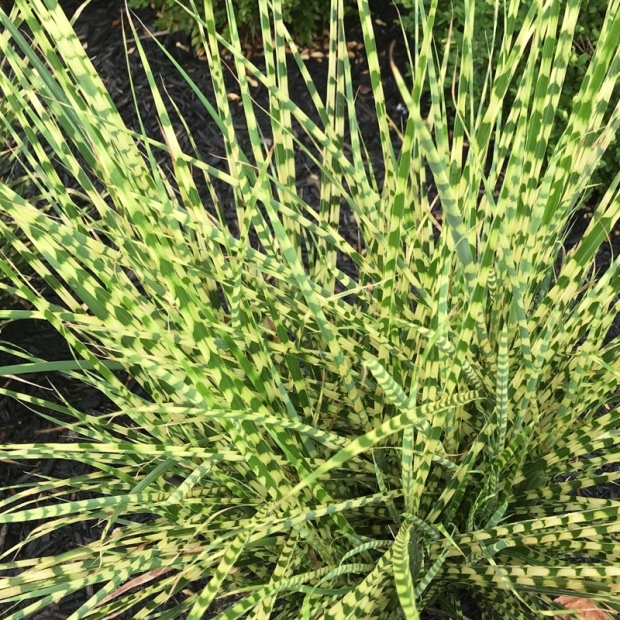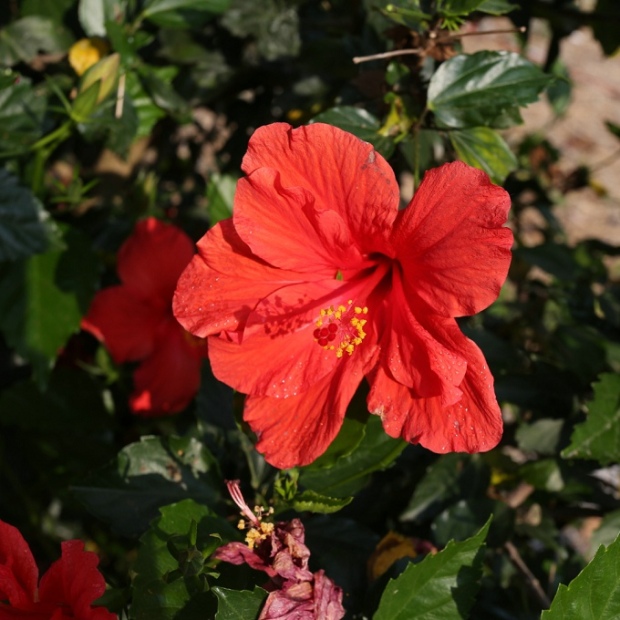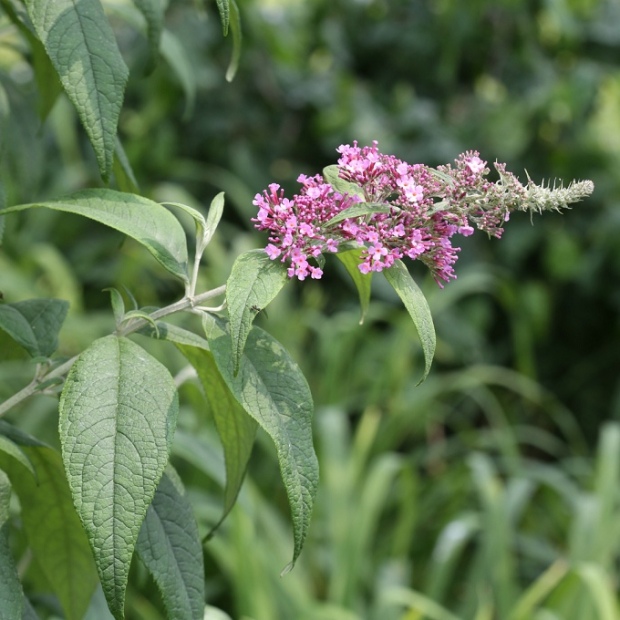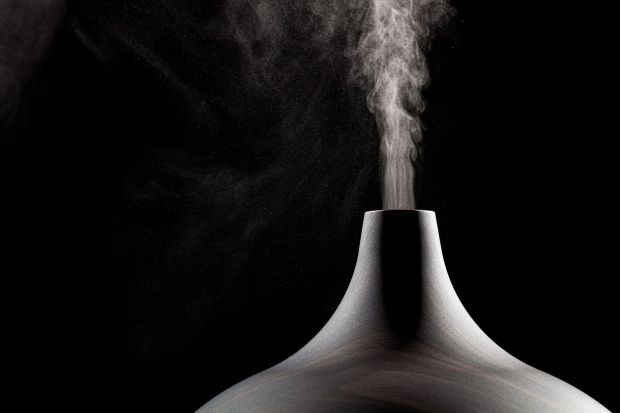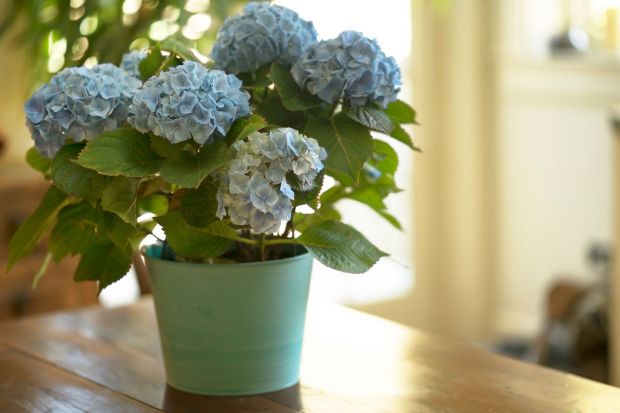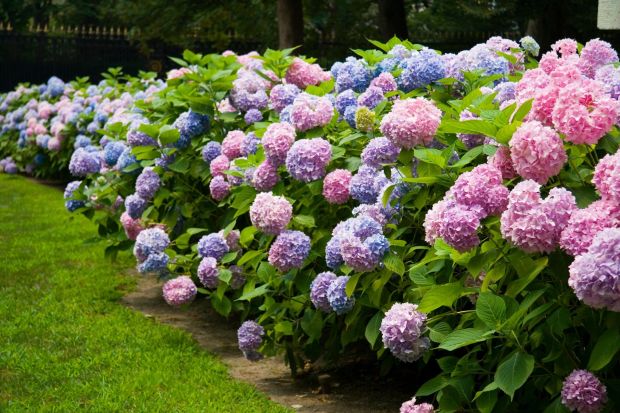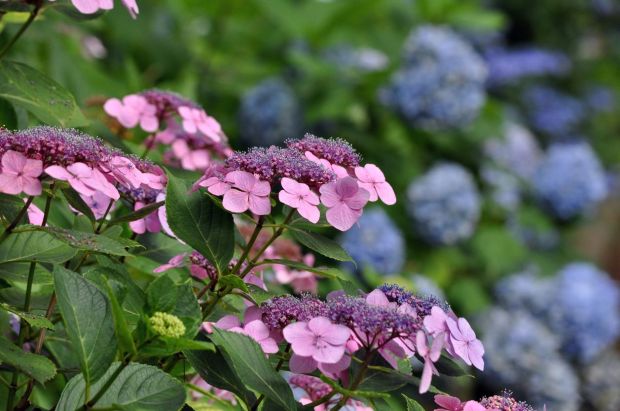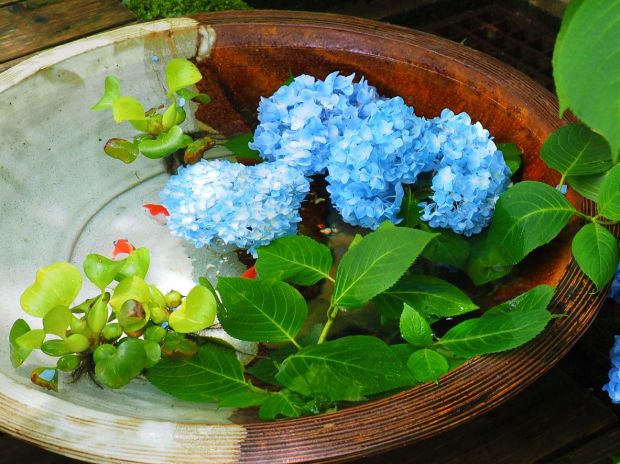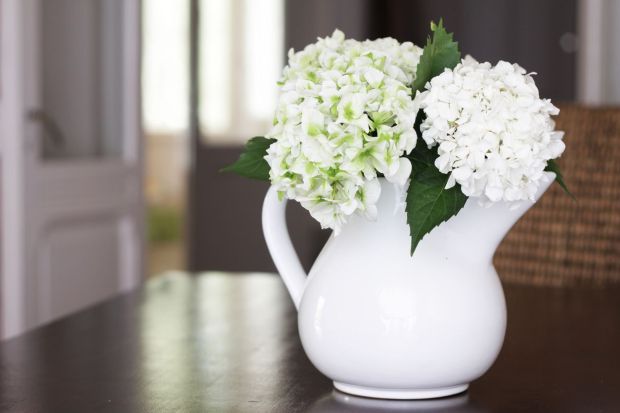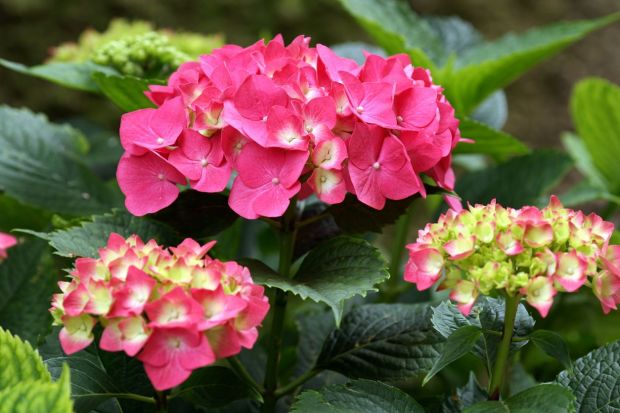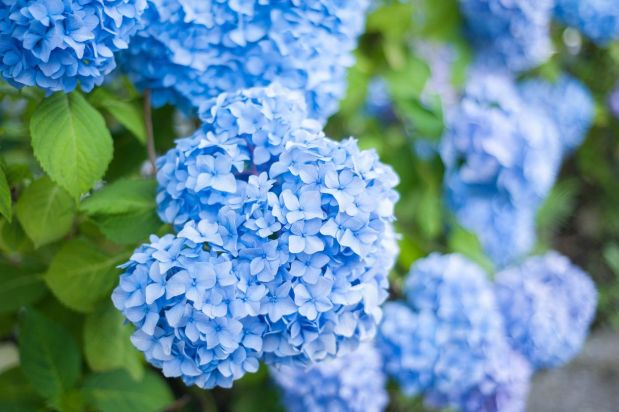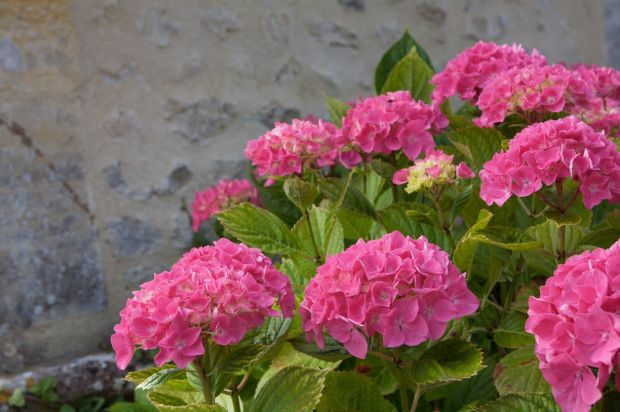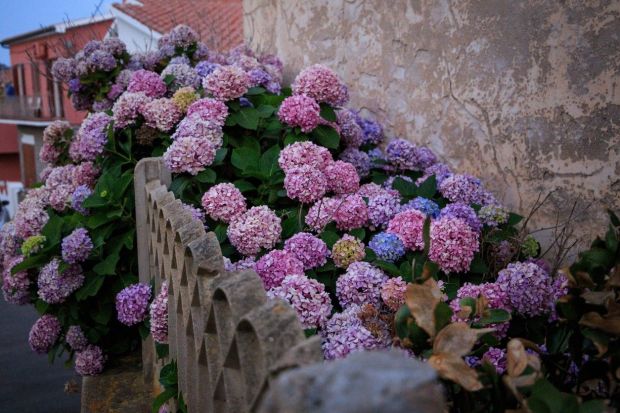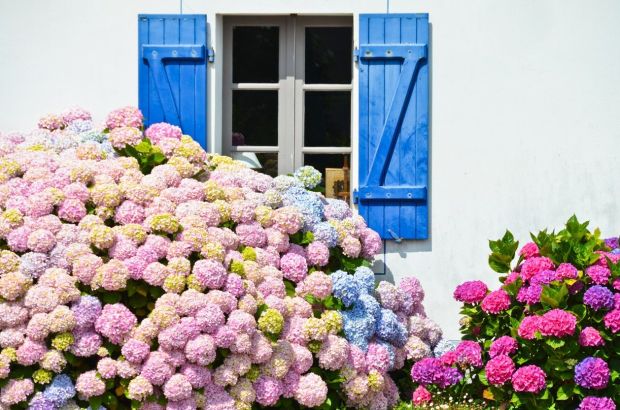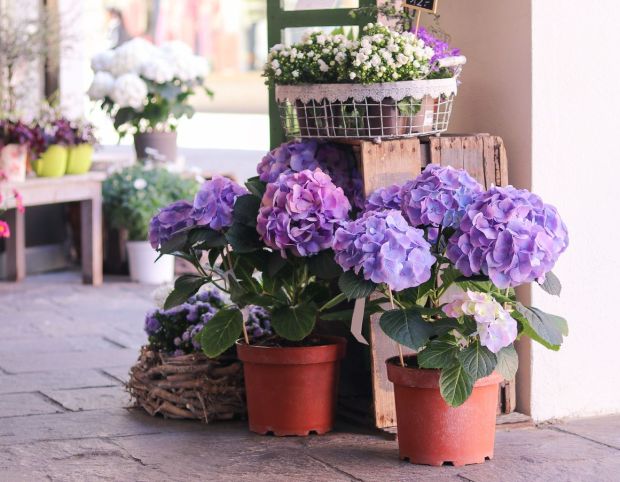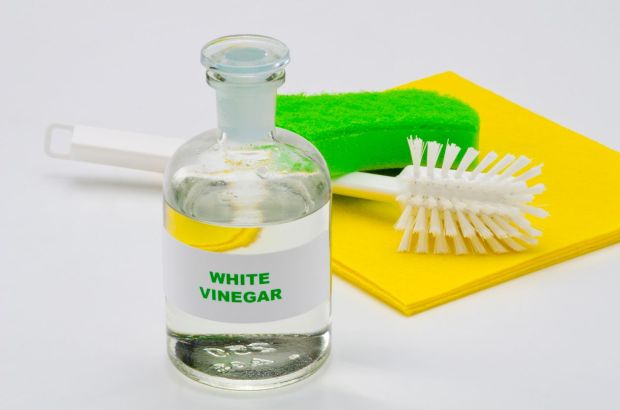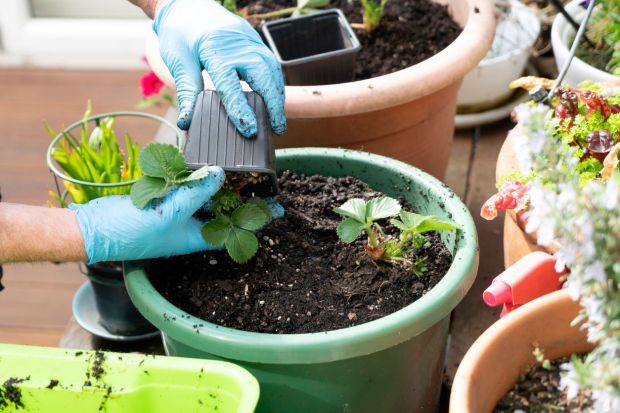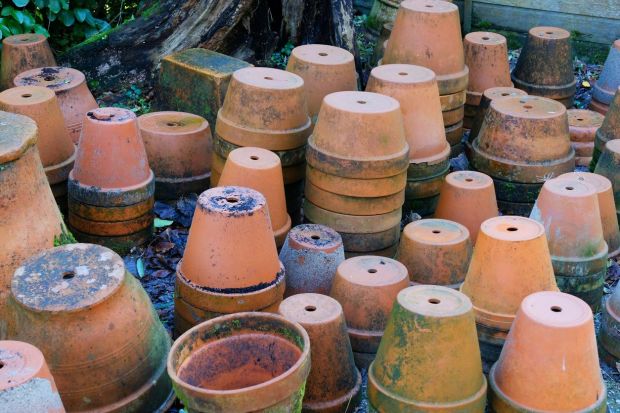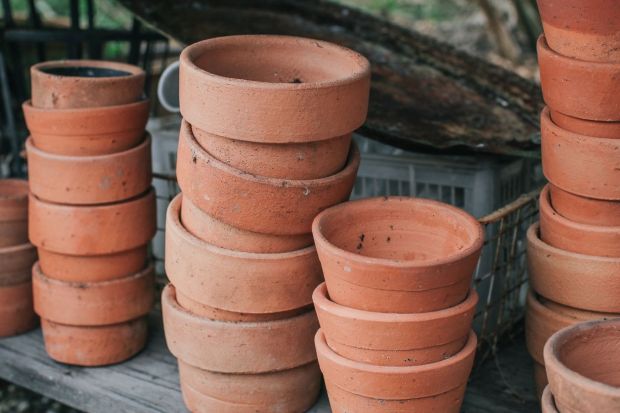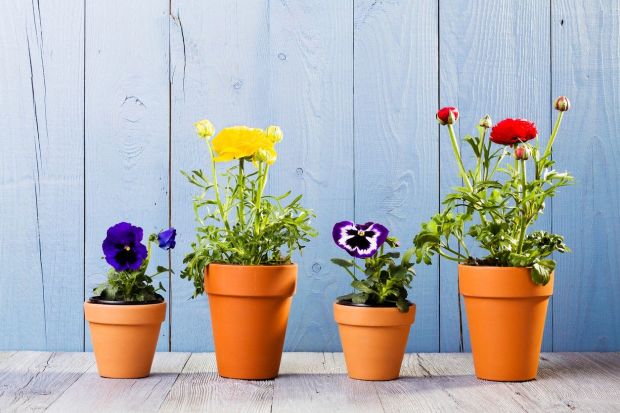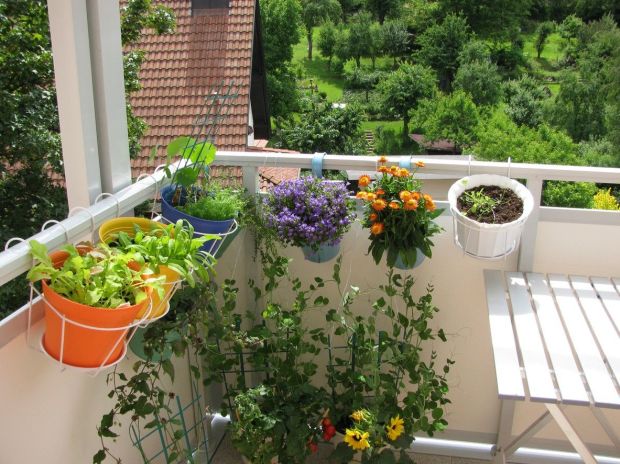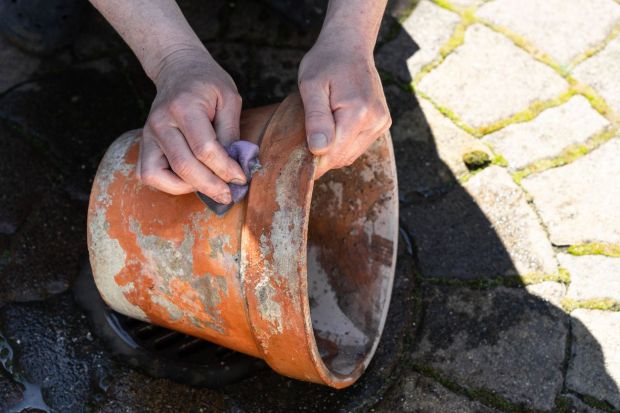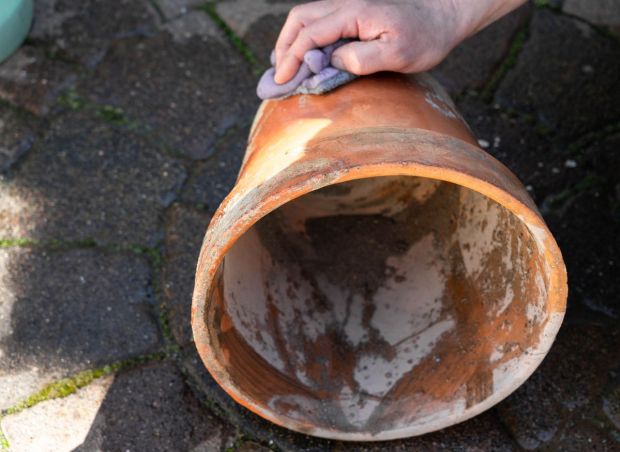Flower of the Week: Viticella Group Clematis
Clematis (Clematis spp.), crowned the “Queen of Vine Flowers”, is a family of flowering deciduous climbing plants. With a flowering season that lasts from summer to fall, it can be planted in open fields or in pots to decorate yards or balconies. Clematis flowers can also be appreciated as cut flowers, lasting over a week in clean water.
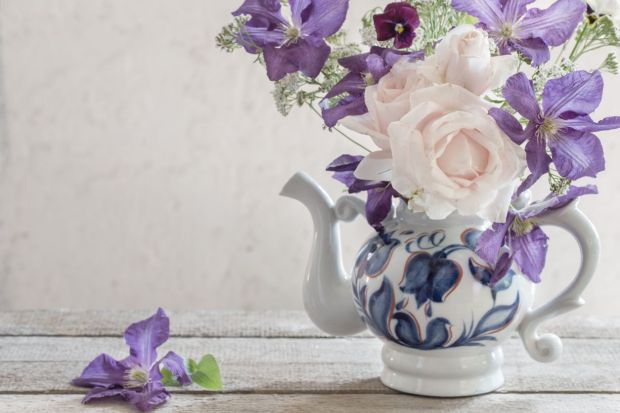
The cultivars of clematis consist of a complex family, including 12 different groups. Among those, viticella group clematis, belonging to Cultivar Group 3, is a small-flowered variety that became popular in recent years. Compared to the large-flowered clematis which was popular earlier, viticella group clematis flowers are small and plentiful, with a flower diameter of 4-13 cm. Clematis only blooms on the new branches of each year’s growth.
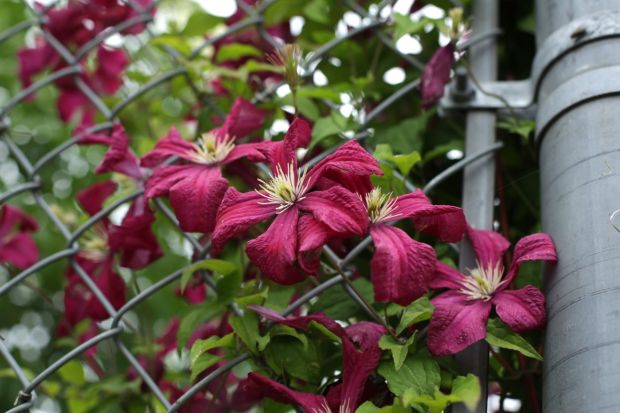
Viticella group clematis originates from Southern Europe. It’s more adaptable to various climates and more disease-resistant, making it perfect for gardening beginners and enthusiasts.
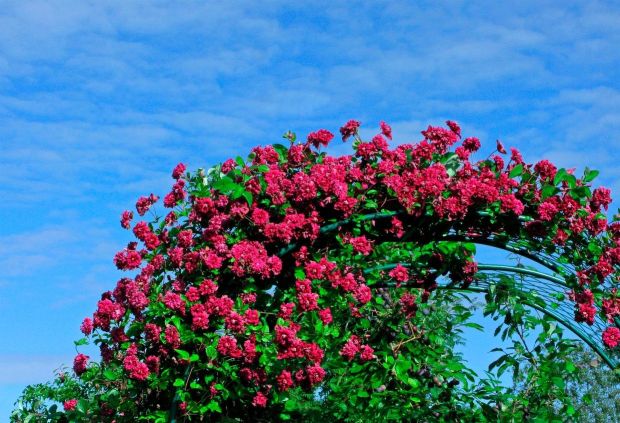
Forming a Scenic Wall of Blossoms
Clematis’s best partner is a wire lattice (with the diameter of the support structures less than 2 cm). When the plant matures, flowers and leaves interweave to form a thick layer of beauty on the wire grid.
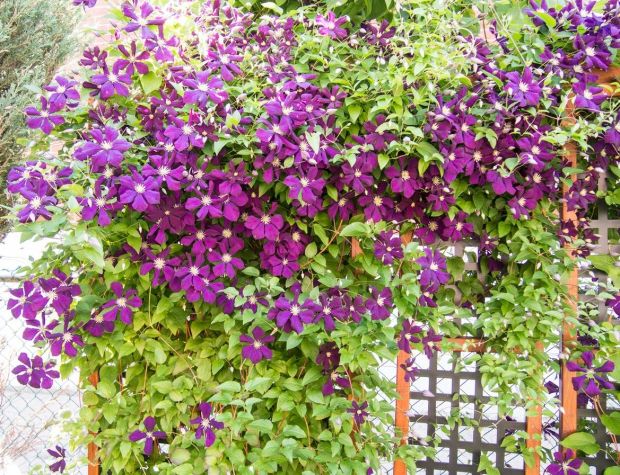
Growing clematises and Chinese roses together on the wall of blossoms could create a charming scene. One dark- and the other light-colored, Chinese roses provide vining support to clematises, while clematises fill up the gaps on a wall of Chinese roses. The duo’s flower seasons start and end at different times, but overlap for a period. To supplement the wall of blossoms, try lilies and iris.
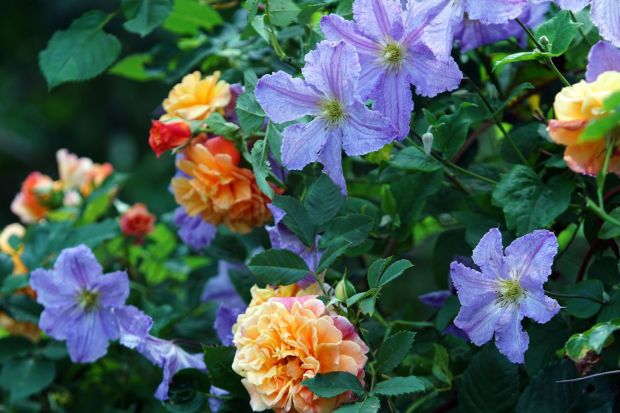
Fake Petals
Clematis flowers generally have 4 to 8 “petals,” though there are also double varieties. However, the so-called “petals” of clematis, as with all other ornamental plants in the Ranunculaceae family, are actually calyxes: sepals forming a whorl that encloses the petals and forms a protective layer around a bud. For some double varieties, the ornamental parts include the calyxes and the vestigial stamens.
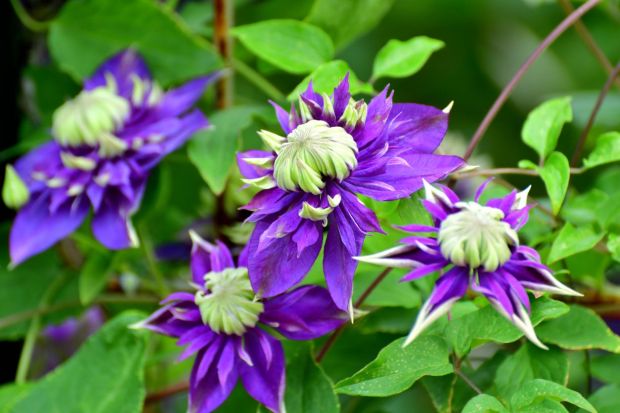
Popularity Trends Under Artists' Painting Brushes
Quite a number of famous artists have painted clematis-themed subjects, tracing the change in popularity trends of clematis from the late nineteenth century to the early twentieth century. Curious which shapes and colors of the flower are more in style in a particular era? Look for answers in the paintings!
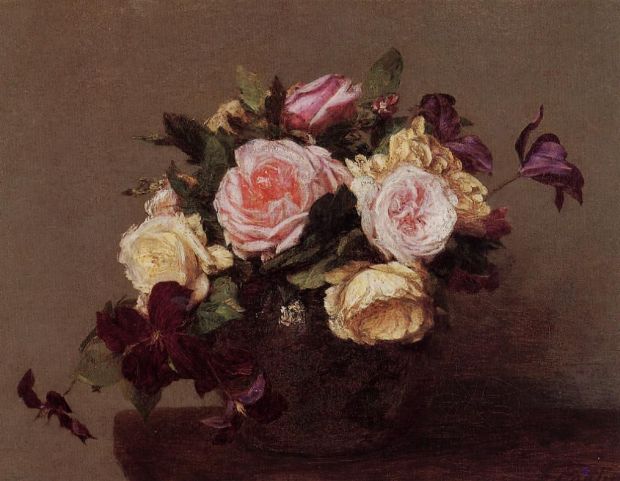
Henri Fantin-Latour (France) Rose and Clematis, 1883
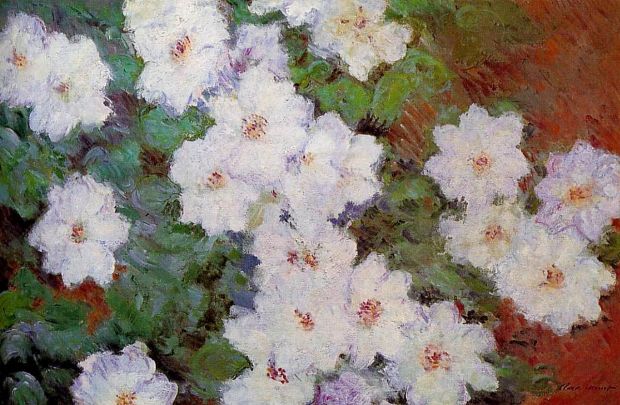
Oscar-Claude Monet (France) Clematis, 1897
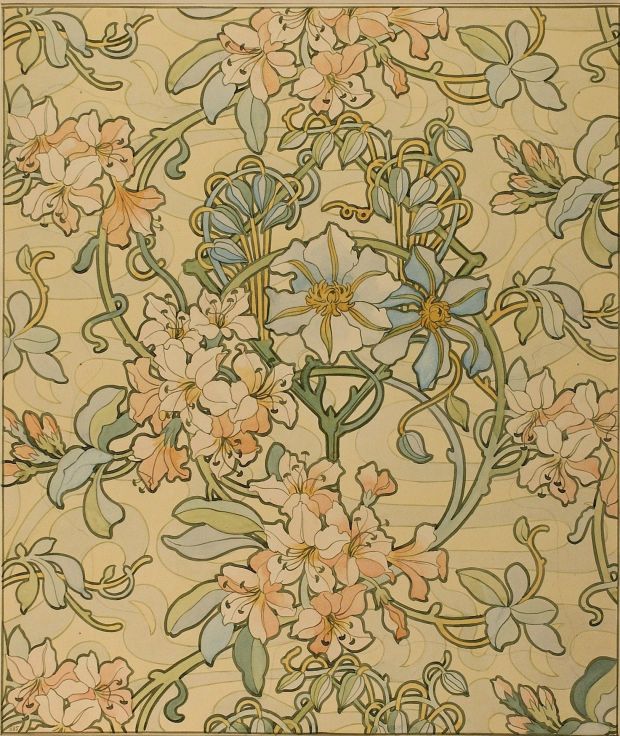
Alphonse Mucha (Czech) Clematis, 1897-1898

Anna Archer (Denmark) Living Room with Lilac Curtains and Blue Clematis, 1913
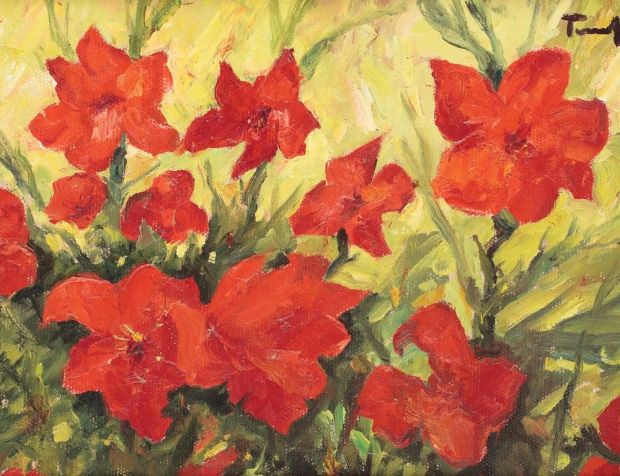
Nicolae Tonitza (Romania) Clematis Red Flowers, 1935
Can I Grow Clematis Well?
Clematis likes light but can’t tolerate sunburn. Its succulent roots like loose, air-permeable substrate, prefer moisture, don’t tolerate waterlogging, are cold-resistant, and love a slightly cooler climate. It’s best to grow clematis in sun-facing places with good drainage.
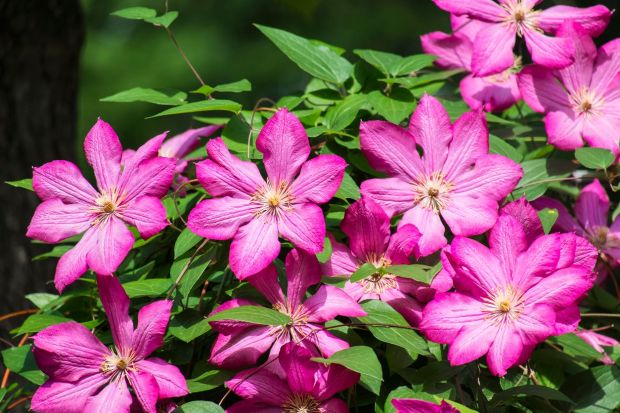
Late Large Flowered Clematis ‘Ville de Lyon’
Choose a seedling with a plump root ball and transplant it to a planting pit bottomed with ample base fertilizers, deep enough so the first two clusters of leaves are fully buried into the ground. Cover with soil carefully, water thoroughly, and cover with a 5 cm-thick layer of organic mulch, such as shredded bark. If the soil is clay-heavy, mix perlite, vermiculite, or sand in the soil to improve its air permeability.
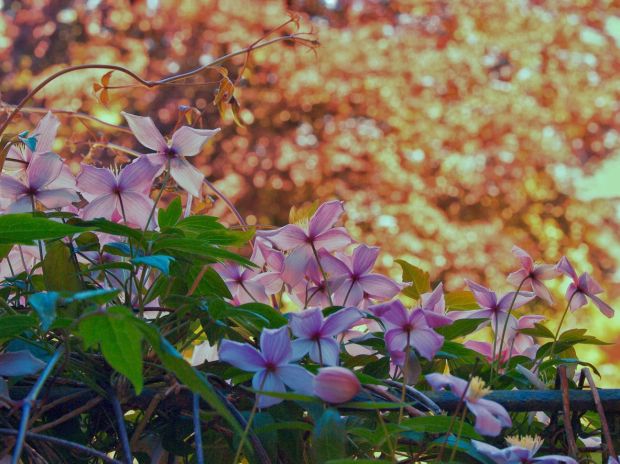
In daily care, keep the soil moist and it well-drained, too, especially in rainstorm-heavy summers. Apply liquid fertilizers once a week from the beginning of the flower season through the end. As the seedlings begin to grow, guide them with gentle ties to the wire lattice or stakes so they grow in the direction you desire.
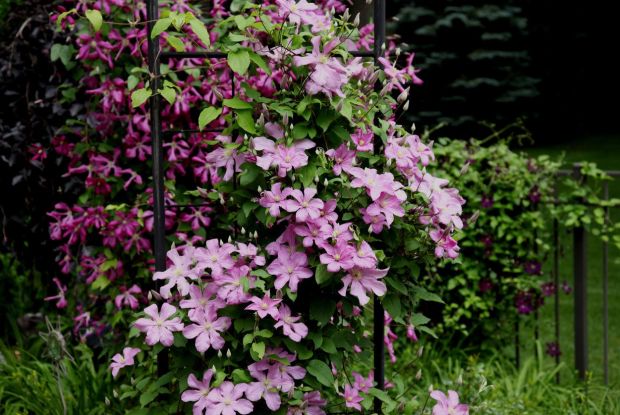
One of the viticella group clematis’ key features is that its flowers only bloom on the newly-sprouted branches of the year. Thus, pruning needs to be performed in accordance with its variety, considering where flowers may blossom after new branches develop. When pruning, try to keep plump, robust buds beneath the cuts. Remove spent blooms so nutrients promote new ones. In the fall, prune heavily for winter dormancy.
Size: 2-4.5 m tall, 0.5-2 m wide
Hardiness: USDA Hardiness Zones 4-11
Light Duration: Full day to half shade
Soil: Moist, well-drained sandy soil, loam soil, or chalk soil
Blooming Time: Summer

